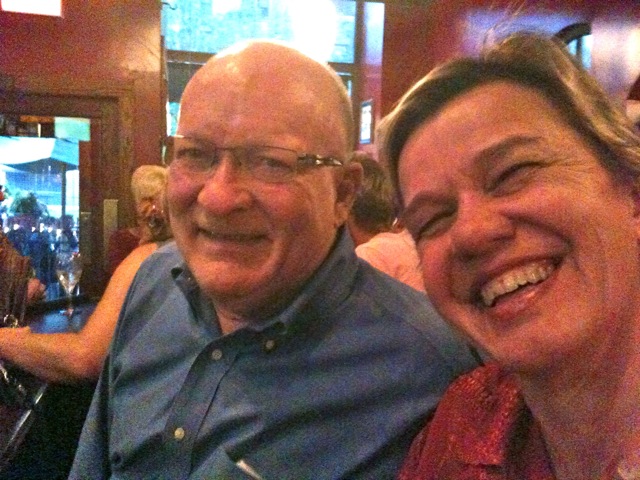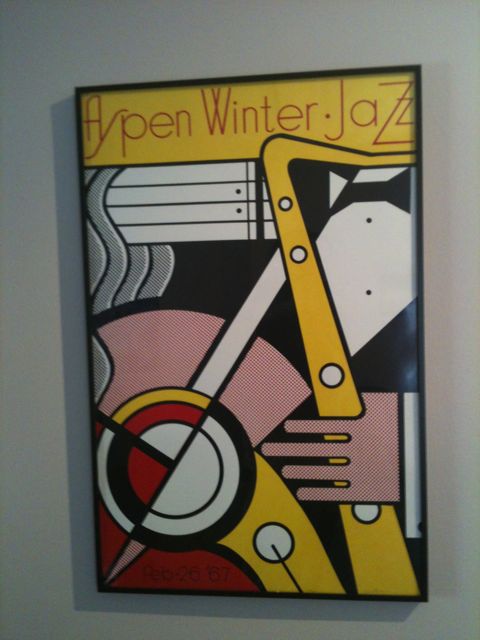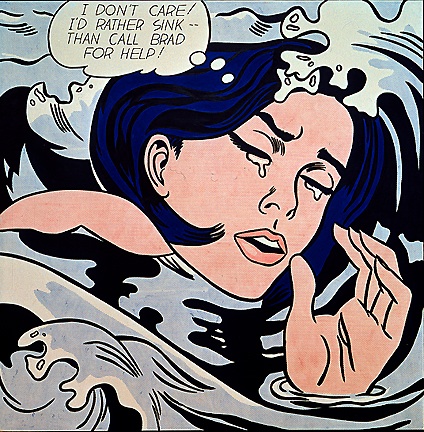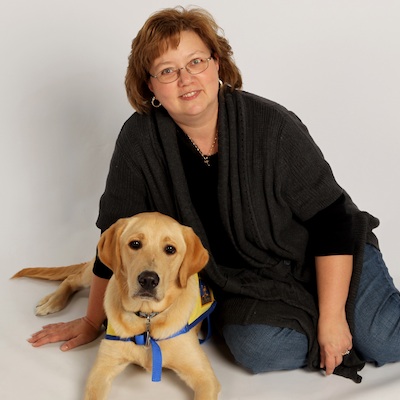Race: Out Loud
July 30, 2012 • 16 Comments • Posted in blindness, Braille, radio, Uncategorized, writingI published a post here back in March after Chicago Public Radio let me know they wouldn’t be airing pre-recorded essays like the ones I used to do for them. But here’s some good news: reports of my radio-essay death were greatly exaggerated. An essay I wrote aired on WBEZ this morning!
I like working with public radio, so after I got that disappointing note I headed over to the WBEZ studios to meet with the Managing Editor of Public Affairs to see if I had any other options. She told me that in their new format they’d be covering topics in-depth from time to time, and that this summer Aurora Aguilar would be producing pieces on literacy, and Cate Cahan would be focusing on race issues. I told her I’d worked with Aurora and Cate before. She suggested I try pitching ideas to them. I pitched. They responded. I wrote. We recorded.
The piece I did for Aurora hasn’t aired yet. The one that aired today is about how blindness can change the way you look, ahem, at race, and Its part of Cate’s Race: Out Loud series. Here’s how WBEZ describes Race: out Loud on its web site:
We’re asking: What would it sound like if people said what they really think and feel about race, about ethnicity? What if they really talked about how it shapes them, their lives, and attitudes? What would we hear, if we listened?
That part about what we might hear if we listened is what motivated me to pitch my essay. And speaking of blindness, I can read Braille, but I’m painfully slow at it. WBEZ radio producer Joe DeCeault has been recording my essays for years, and the two of us developed a system where he puts me in front of a microphone, asks what the first paragraph in my essay is about, then what the second paragraph is about, and I retell the story paragraph by paragraph in my own words. Essays produced by Joe make me sound like I’m just sitting down talking to you, and we’re both pretty proud of how this works.
Race: Out Loud is a special project, though, so they have a freelancer doing the sound work. Bill Healy consulted with Joe about how to pull this off, but knowing that Cate Cahan and I had gone back and forth via email editing and rewriting the essay, Bill thought we needed to record it exactly how it had been written.
And so, after setting me up at the mike and testing my sound levels, Bill whipped out a printed copy of my essay and began reading it out loud line by line. I parroted what Bill said, and once I’d repeated all my lines, he spliced the sentences together, added sound effects and music, and…voila! When my essay aired on Morning Edition in Chicago today, It sounded like I’d read the whole essay all at once.
If you missed hearing the piece this morning, you can read the transcript and hear it online. Young Bill Healy sure rose to the task. He took photos for the online version and wrote some promotional copy as well. And now he can add “recorded a blind woman reading an essay” to his resume, too.
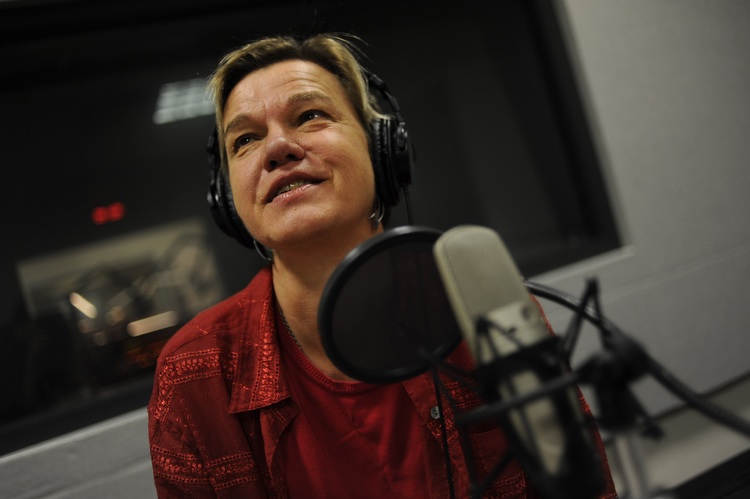
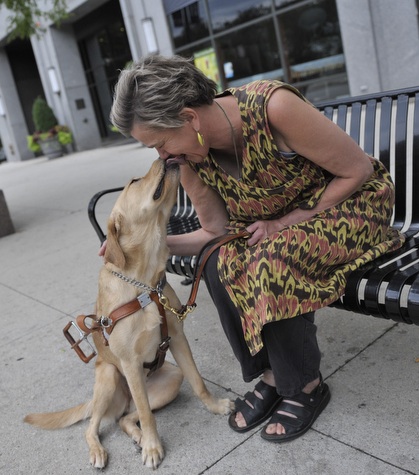
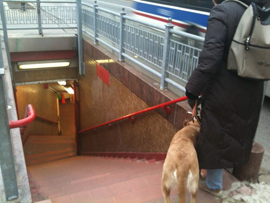 This week I wrote a
This week I wrote a 